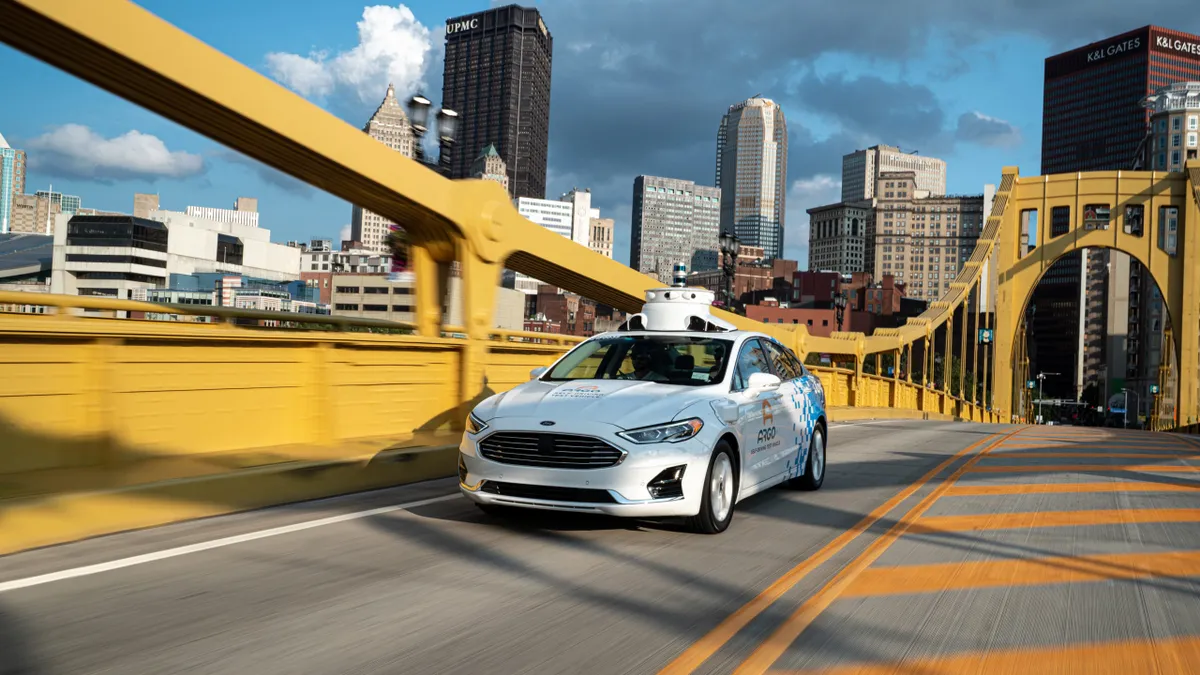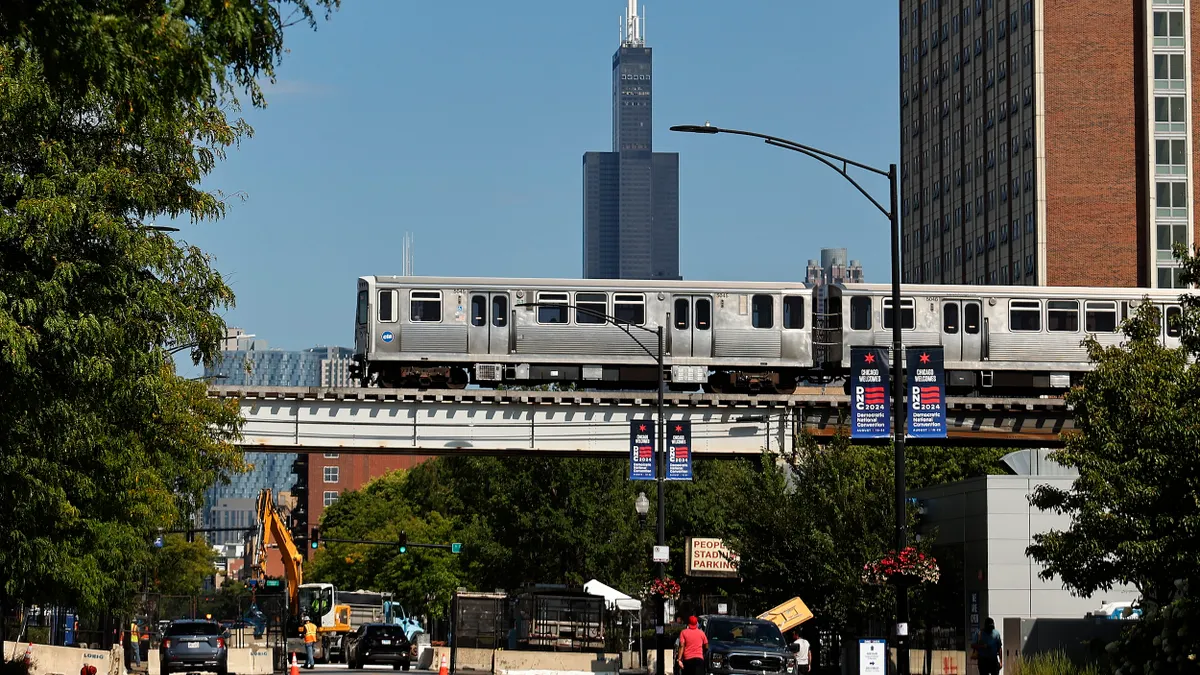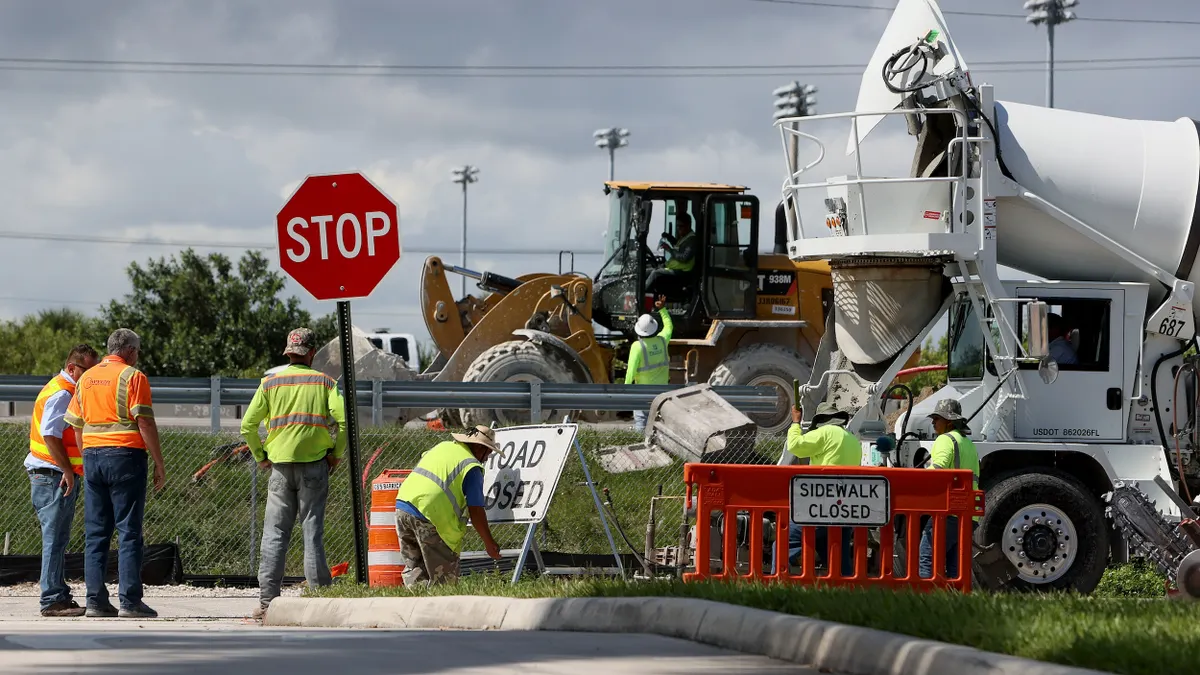Fully autonomous vehicles are already operating on city streets, but a study published last year in AI and Ethics reported that 74% of survey respondents said they do not trust AVs nor believe AVs can perform better than a normal driver. However, a number of companies are developing technologies to enhance safety for and around autonomous vehicles in urban areas.
According to Statista, 58 million autonomous vehicles are projected to be sold globally in 2030. Cities need to be ready for them.
“The nation’s city leaders see that AV technology is here so it cannot be ignored or left in a regulatory limbo while it operates on our streets,” said Houston city council member and Vice Mayor Pro Tem Martha Castex-Tatum in testimony to the U.S. House of Representatives Committee on Transportation and Infrastructure earlier this year.
Phoenix has been home to driverless Waymo vehicles since 2017. The company also just began giving autonomous rides to their employees in San Francisco. The city by the bay has also seen 2 million meals delivered to food-insecure residents by a fleet of AVs from Cruise, a General Motors subsidiary. Via and Motional also partnered to launch a robotaxi service in Las Vegas this year. Meanwhile, both UPS and FedEx are testing self-driving delivery vans.
But safety concerns about the vehicles still exist. High-profile accidents involving the cars operating in some form of self-driving mode have raised alarm bells among lawmakers and observers, notably following the 2018 incident in Tempe, Arizona, when an Uber vehicle struck and killed a pedestrian.
The National Highway Traffic Safety Administration opened an investigation last year into Tesla's Autopilot driver assistance feature following a string of 11 crashes involving the company's vehicles. The federal agency also issued a standing general order requiring 108 manufacturers and operators of vehicles with advanced driver assistance systems or automated driving systems to report crashes involving these vehicles. NHTSA does not say that these vehicles are unsafe.
Many vehicles in use today include driver assistance systems such as rearview cameras, emergency braking and lane centering assist. These are level 1 or 2 technologies on the SAE International scale of vehicle automation. Level 3 systems handle all aspects of driving, but the driver must remain alert and ready to take over control of the vehicle. Level 4 is defined as high automation, but the vehicle is limited to specific areas where it can operate. Level 5 is full automation. No level 4 or 5 vehicles are currently available for consumer purchase.
The technologies needed to achieve full vehicle automation involve multiple sensors on the vehicle including cameras, radar, sonar and lidar. Artificial intelligence algorithms interpret those sensor inputs in order to understand the ever-changing environment around the vehicle. And the vehicle needs to be able to make split-second decisions as human drivers routinely do.
Smart Cities Dive looked at three such technologies: open-source data, data annotation for improved AI and remote guidance for autonomous fleet vehicles.
Argo AI: Real-world data to improve autonomous driving safety
Argo AI, based in Pittsburgh, focuses on level 4 self-driving technology for ride-hail and commercial delivery vehicles, said Andrew Woelfling, senior director of public policy and government relations. Vehicles with Argo's self-driving technology are operating in Austin, Texas; Detroit; Miami; Palo Alto, California; Pittsburgh and Washington, D.C., along with the German cities of Munich and Hamburg.
“We're in some of the most congested, difficult cities to drive,” Woelfling said, adding that “the public reception to our test vehicles has been pretty uniformly nice.”
With its experience in these settings, Argo AI recently released a set of open-source autonomous driving data and high-definition maps from six U.S. cities. It’s sharing that information with researchers, which includes raw lidar data and a dataset that helps identify out-of-date map information "to enable breakthroughs in long tail challenges that need to be solved for safe autonomous driving at a global scale,” said Argo AI Principal Scientist James Hays in a press release.
But the company’s efforts go beyond technology. “It involves working with city officials, county officials and state officials where applicable,” said Woelfling, along with briefing first responders on the autonomous vehicles in use in their cities.
For the Miami and Austin projects, Argo AI created community advisory boards. Woelfling said they invited residents from diverse backgrounds to provide suggestions about where to test vehicles, considerations for long-term deployment and to learn about other issues that are important to the community.
“That ongoing feedback from the community advisory boards is really essential to what we do,” Woelfling said.
iMerit: Annotating data to make AI decisions smarter
“Maybe there's a roundabout and there's a statue that looks like a horse. There's a very big chance that the [AI] model might confuse that with a [real] horse,” said Siddhartha Bal, director of autonomous mobility at iMerit. Those are the kind of algorithm errors that iMerit seeks to eliminate.
It does so by annotating the data that sensors pick up, helping to train the machine learning and artificial intelligence models, Bal explained. According to the company’s website, its 5,500 employees have annotated 250 million data points for AV uses.
Smarter sensors are coming, as well as high-definition maps, said Bal. “Maps now are getting considered as an additional sensor.”
Understanding human behavior is another challenge for autonomous driving, Bal said, giving the example of determining whether a person standing on the curb intends to cross the street. He expects to see more work going toward AI understanding of intention and behavior.
Guident: Remote control for when something goes wrong
Guident, based in Boca Raton, Florida, puts “a human in the loop” for autonomous vehicles, said Harald Braun, executive chairman. The company does that with a remote monitoring and control center that can take over control of the vehicle, call first responders and communicate with passengers if needed.
The primary use of the control center, Braun said, is for fleet passenger and delivery operators. Guident built a control center at their headquarters in Florida and successfully demonstrated the technology, he said.
The monitored vehicles must have compatible Guident software installed, Braun explained, in addition to the vehicle’s native AV software.
The company claims that its technology can fill the gap between onboard human fallback drivers and the full level 5 autonomous vehicles of the future.




















